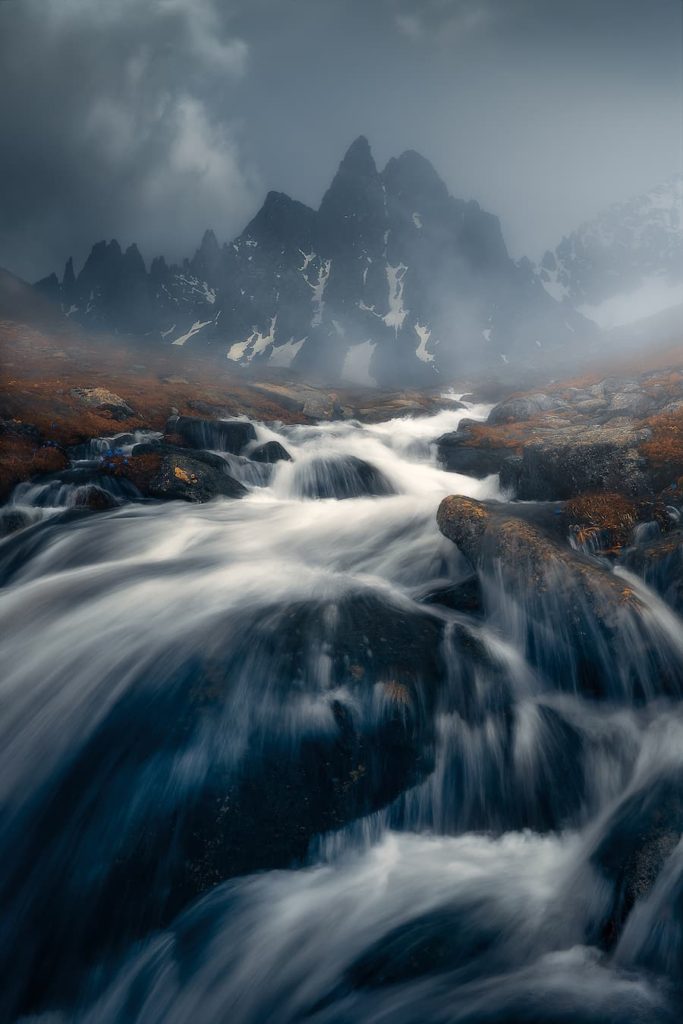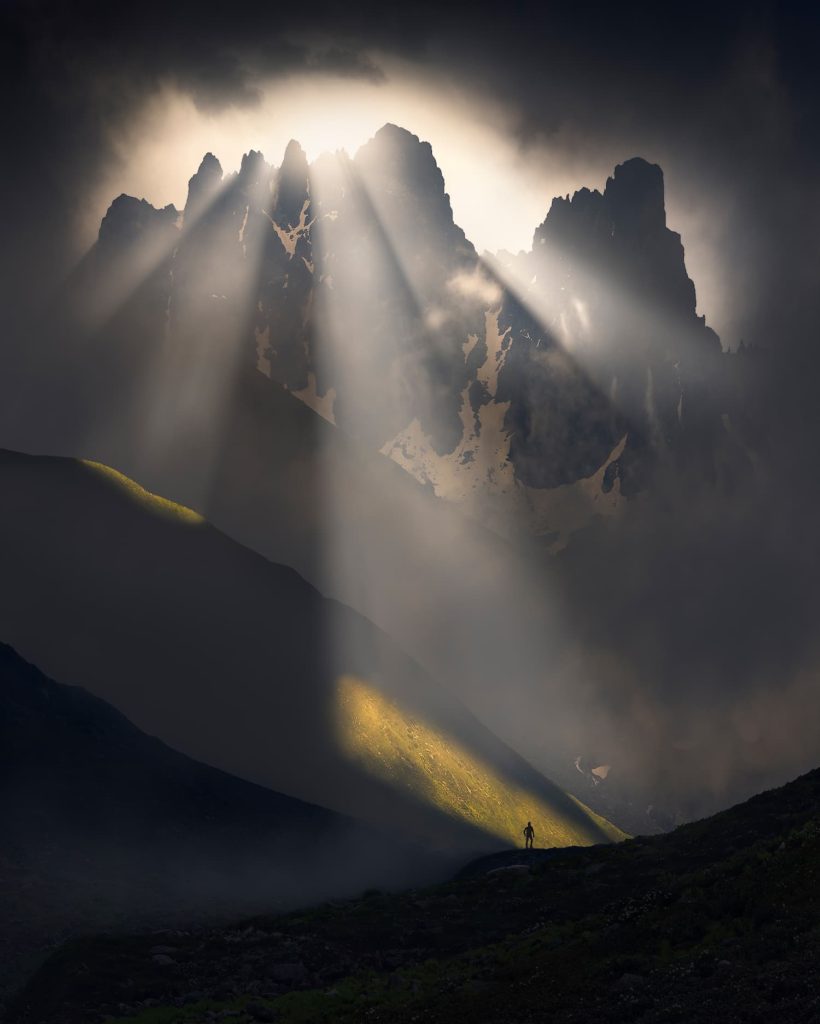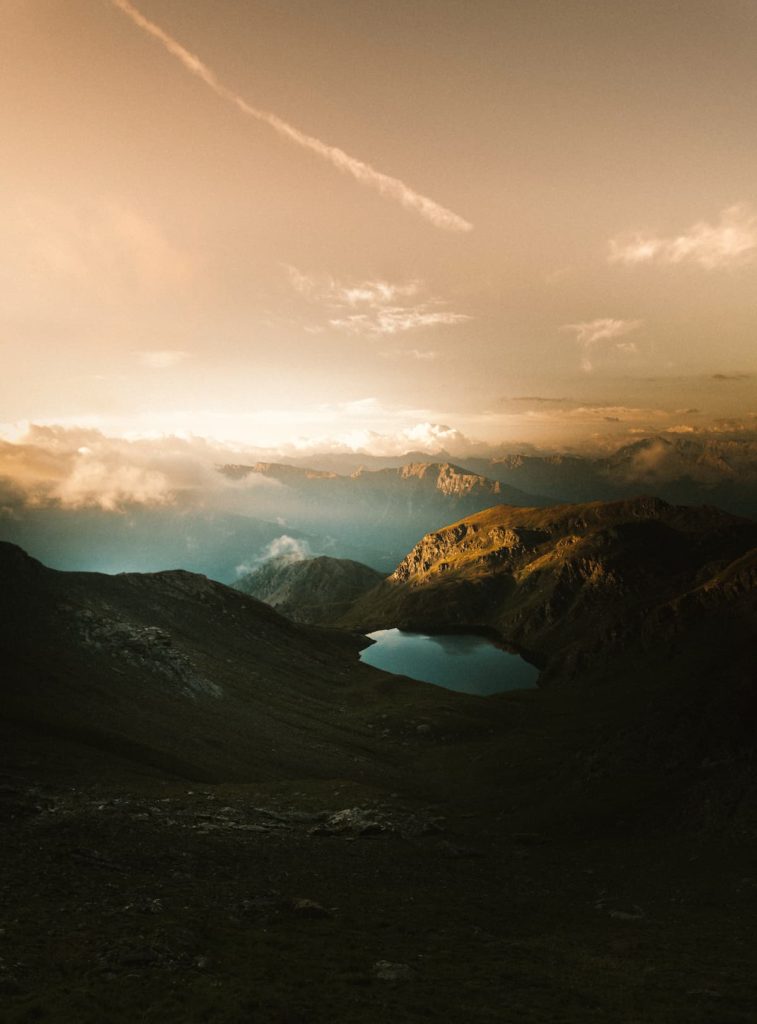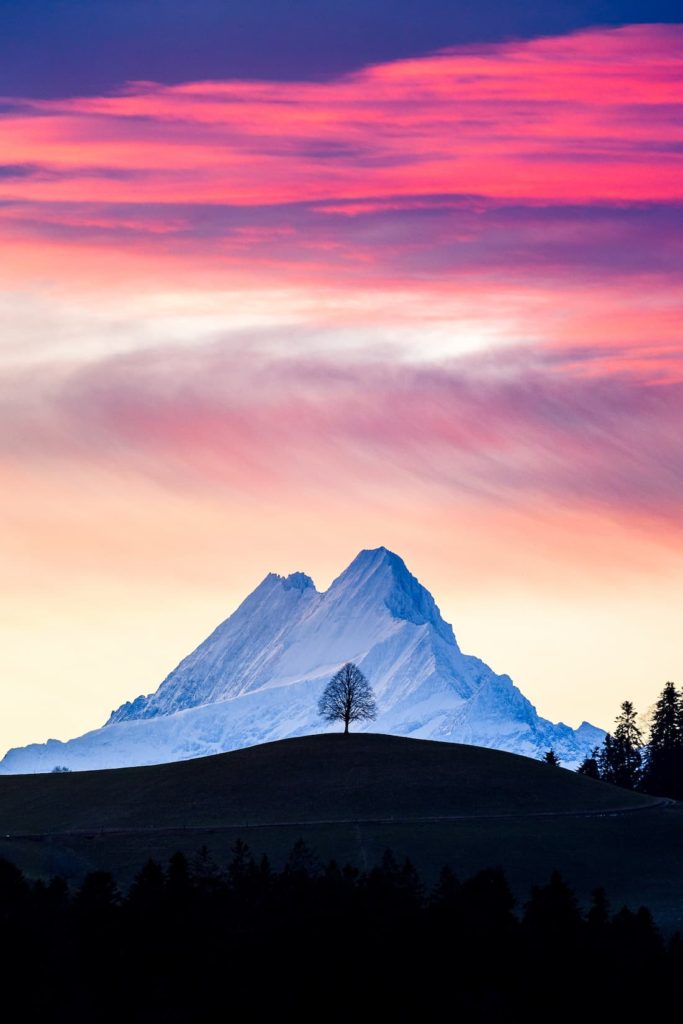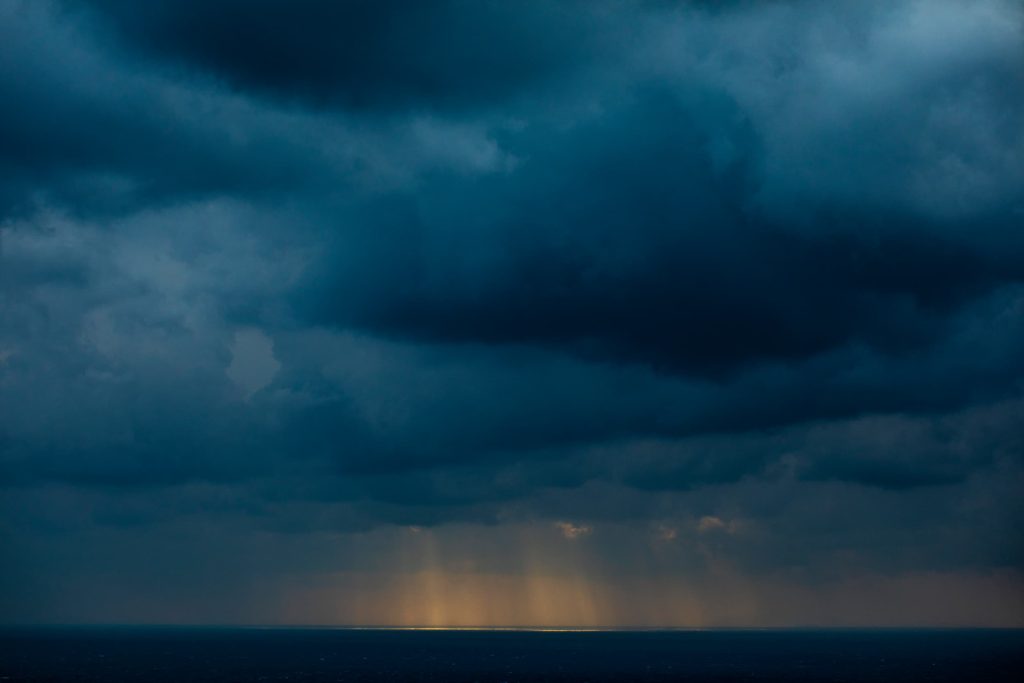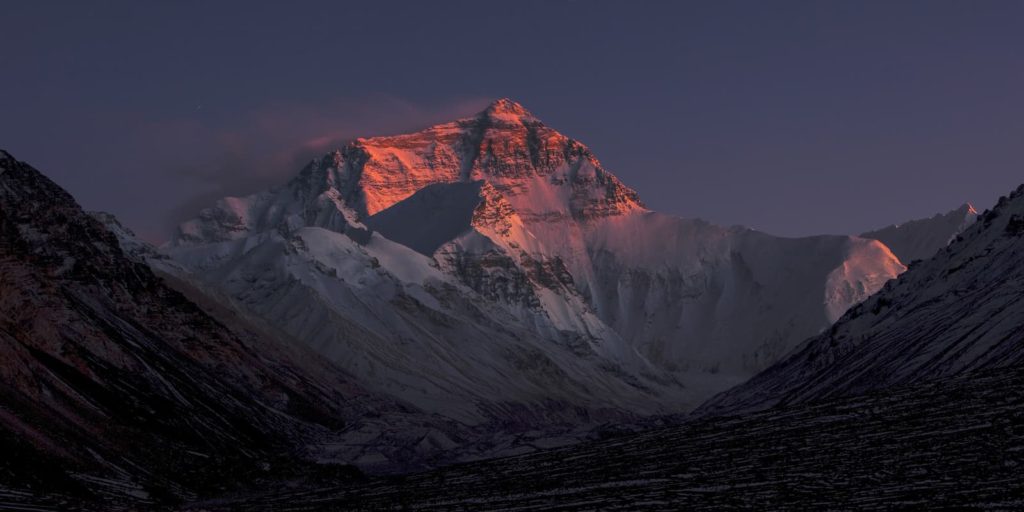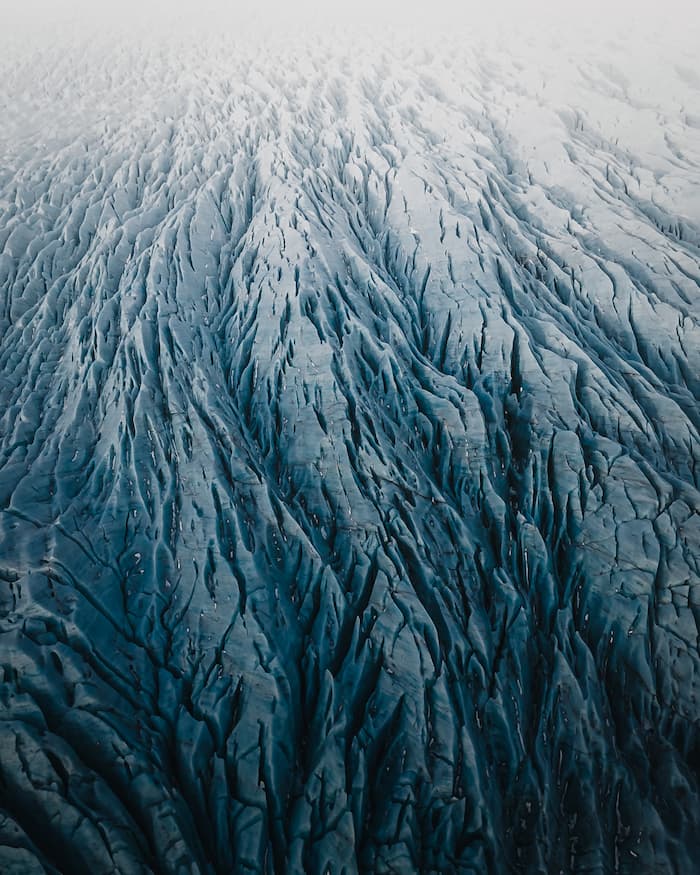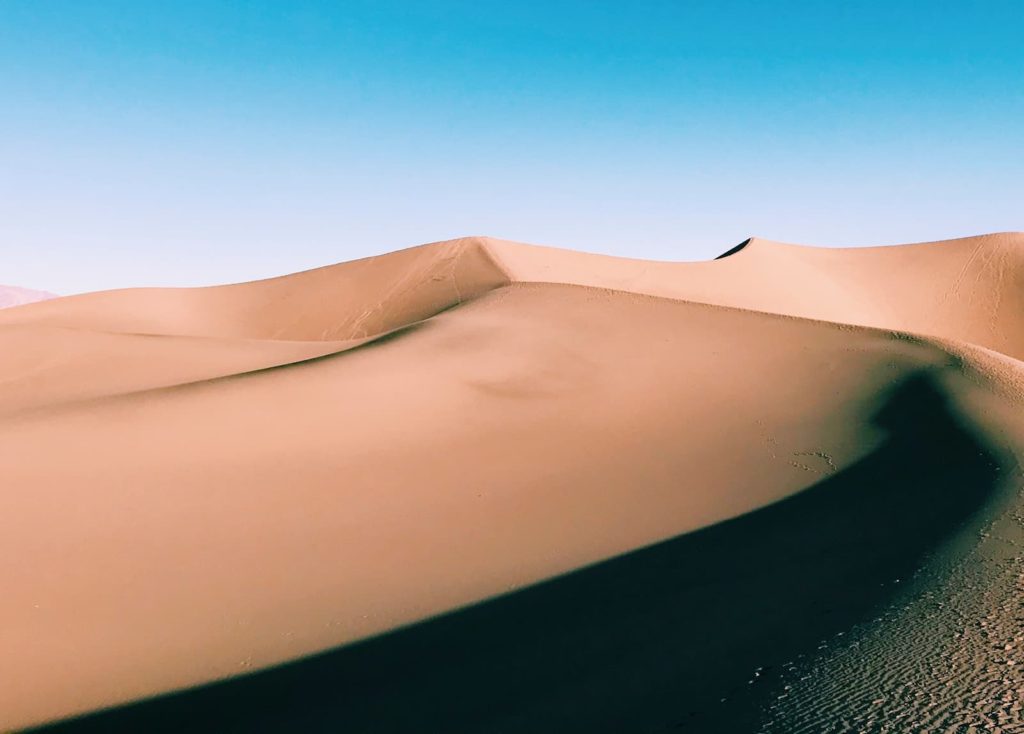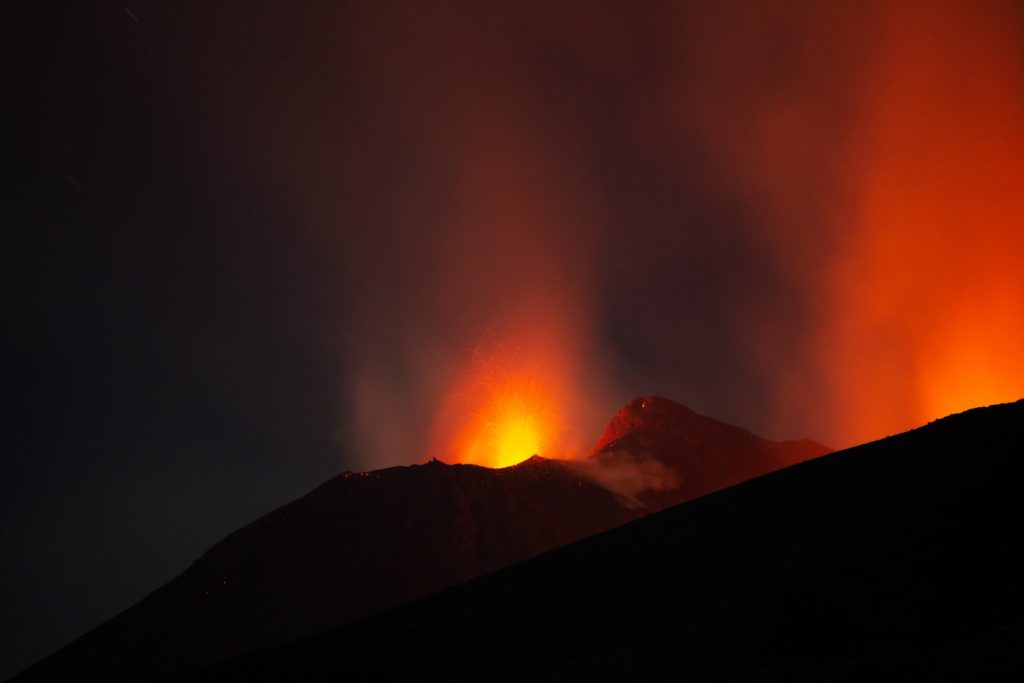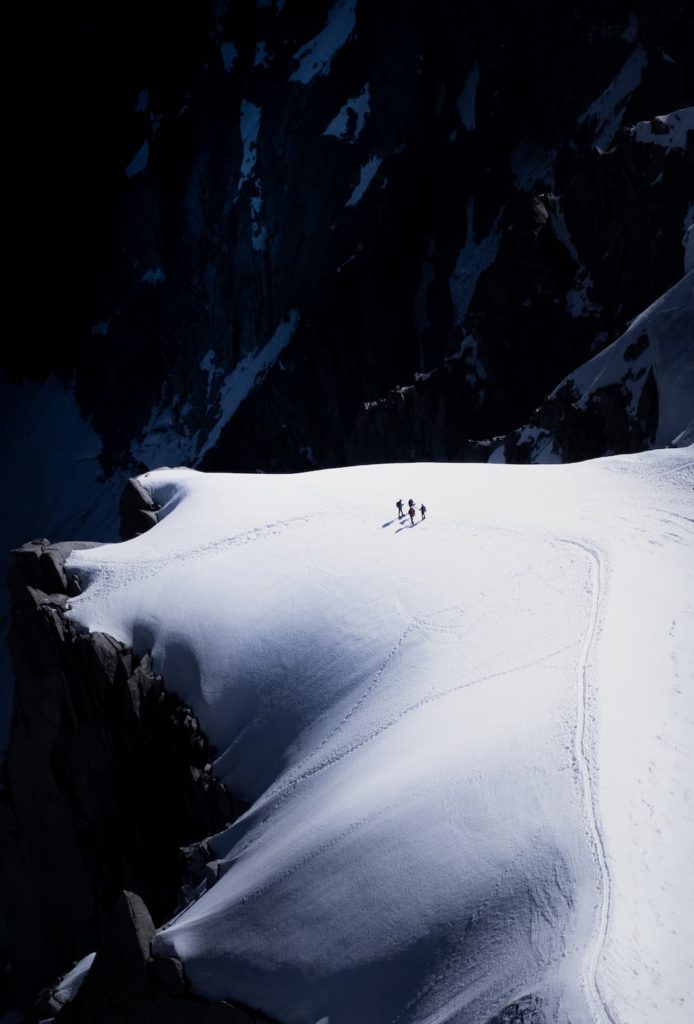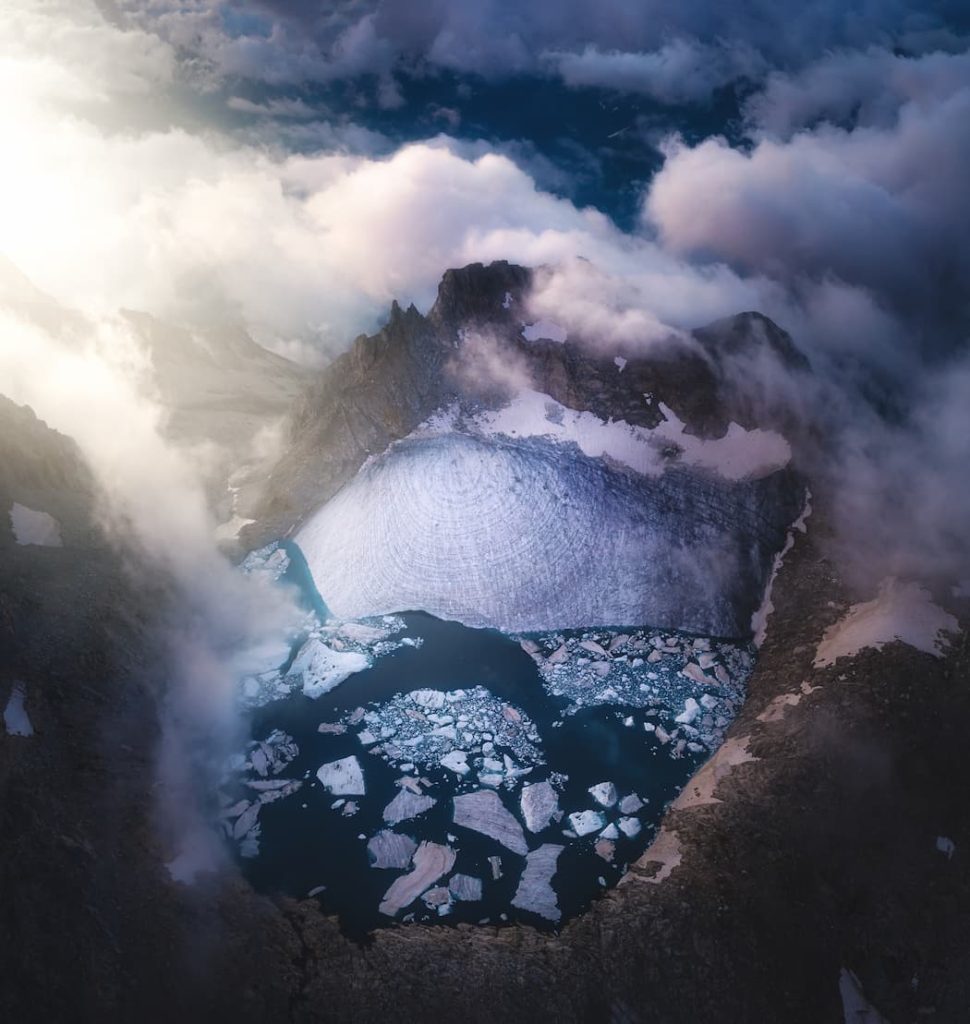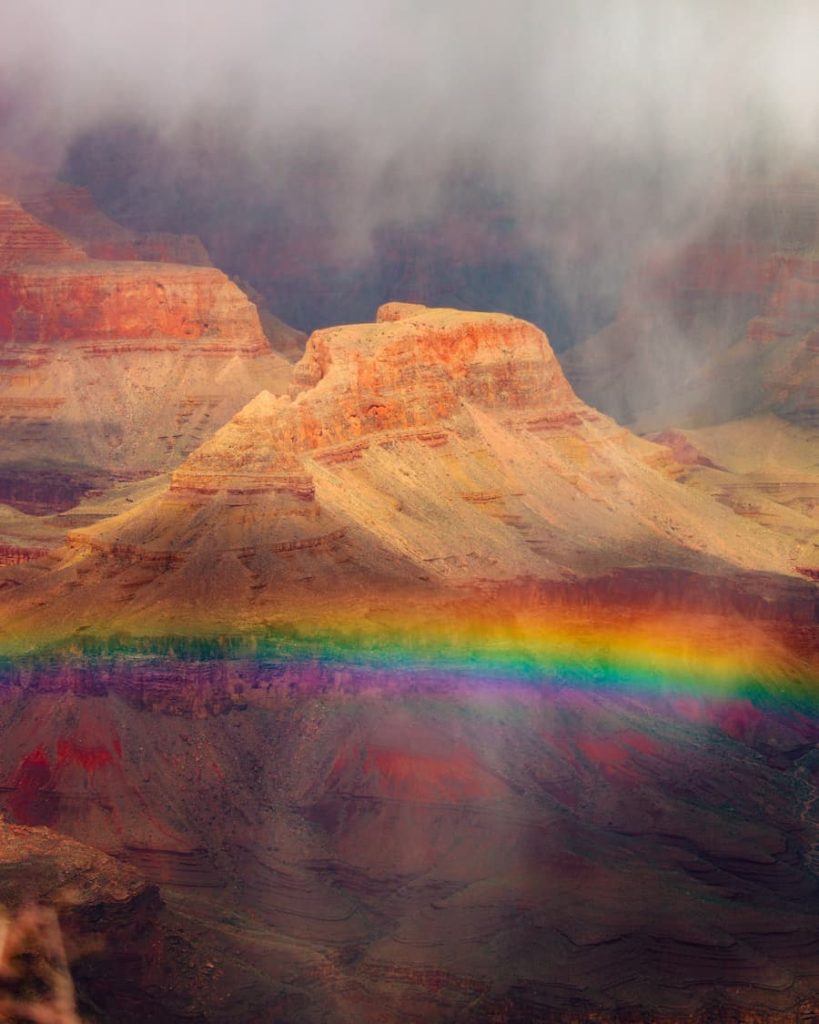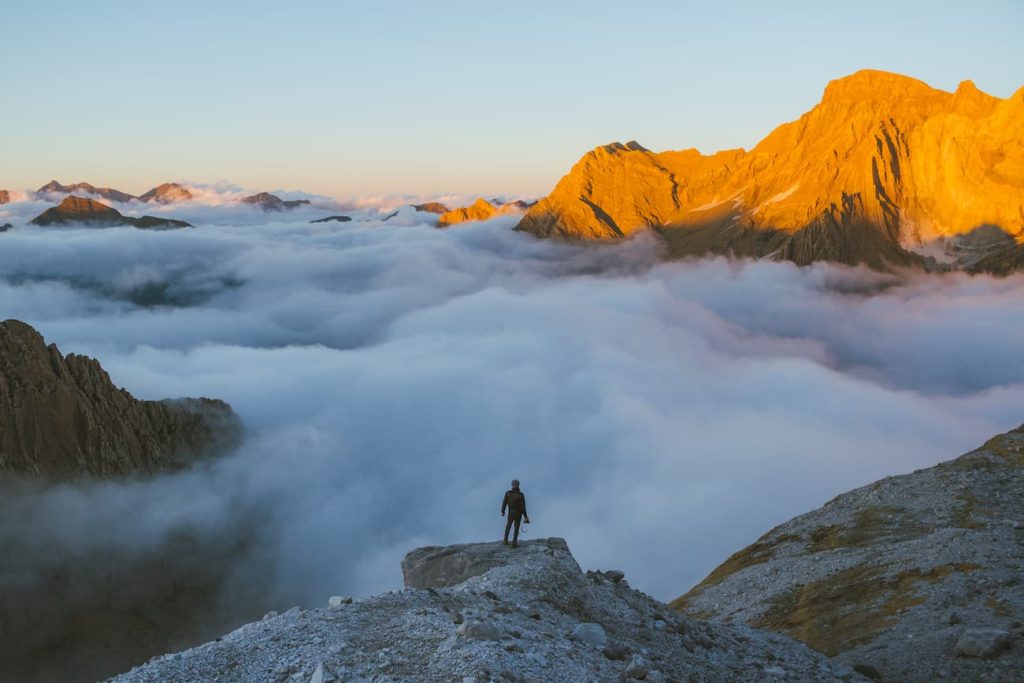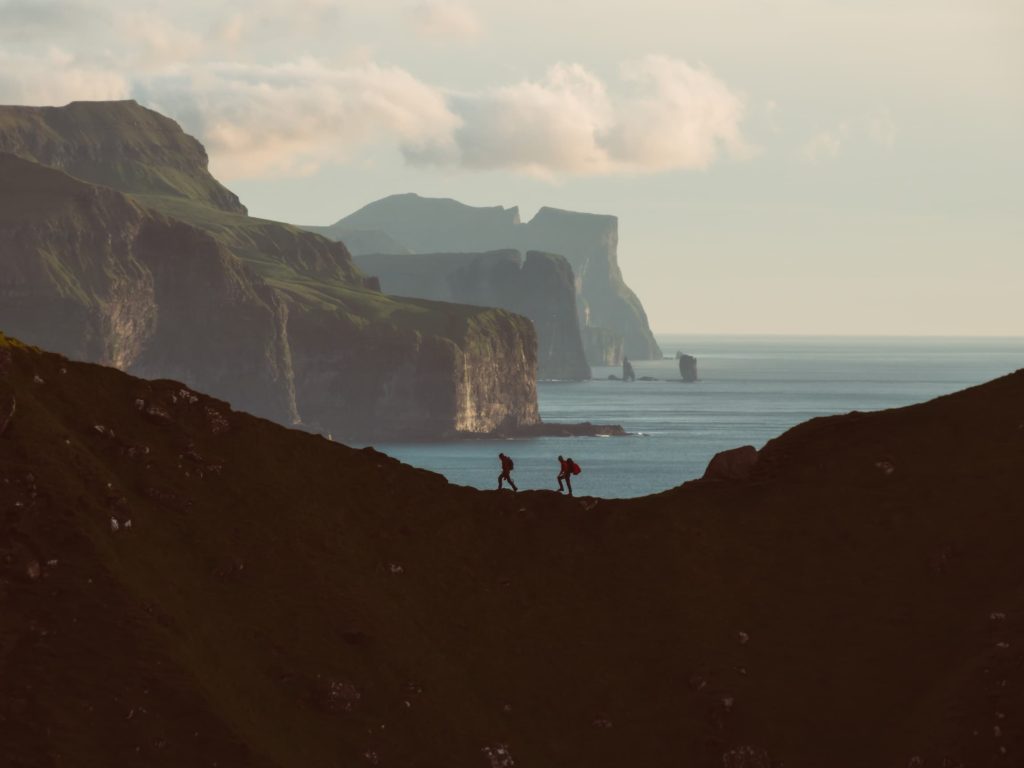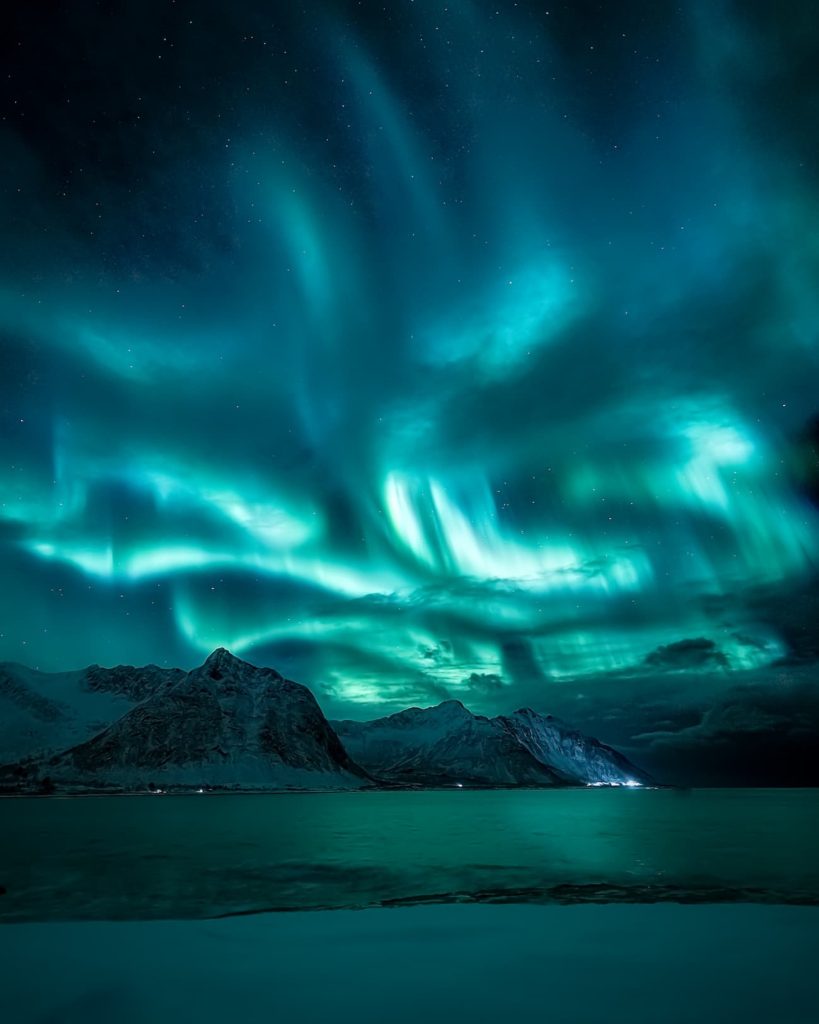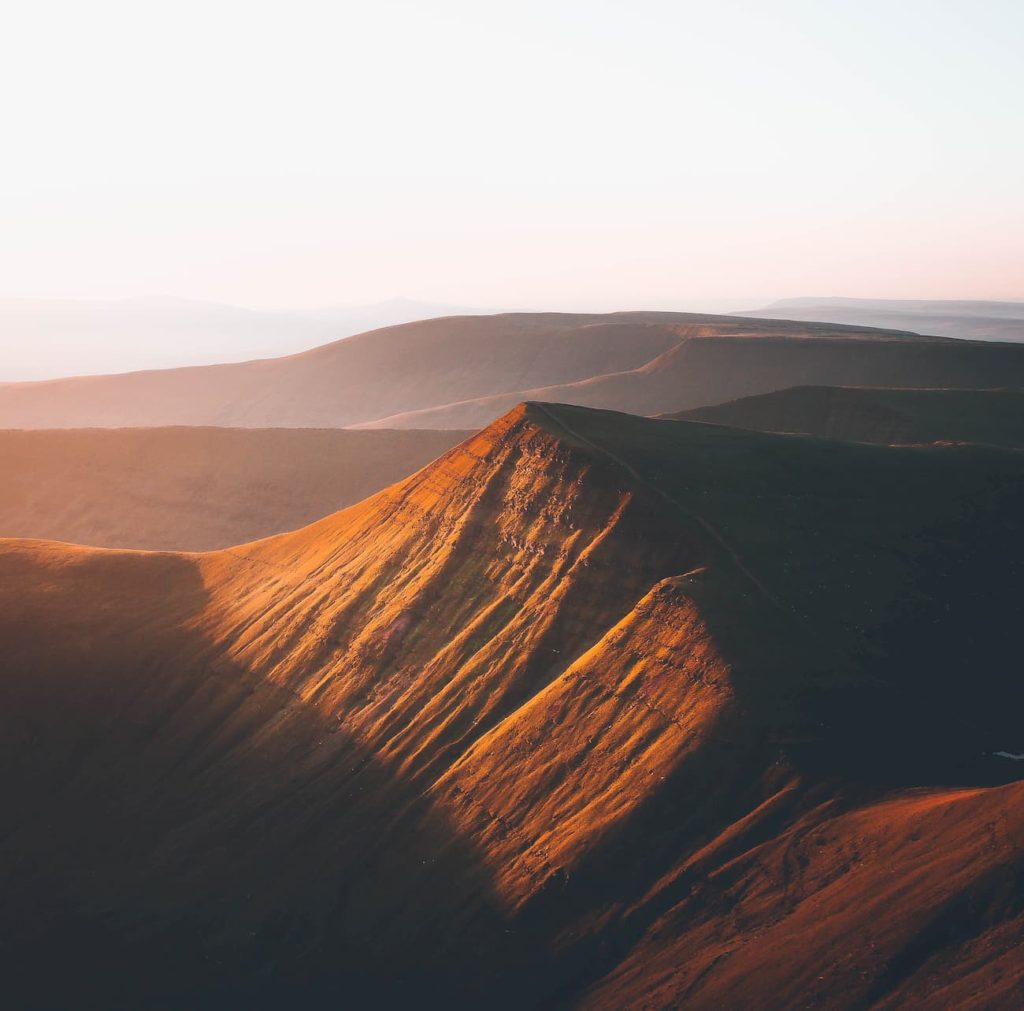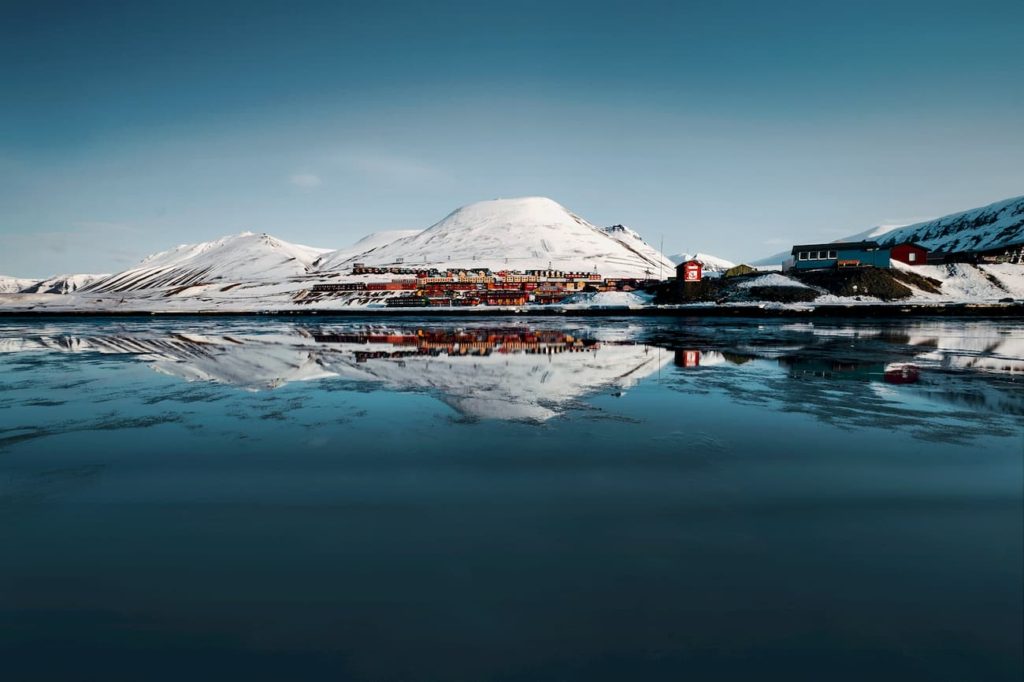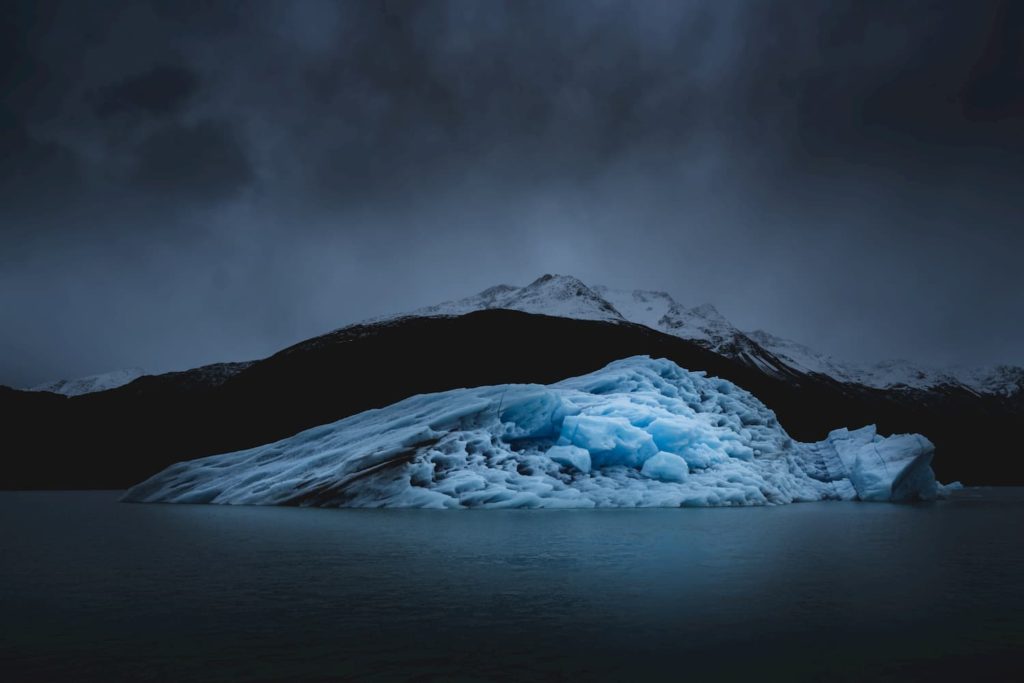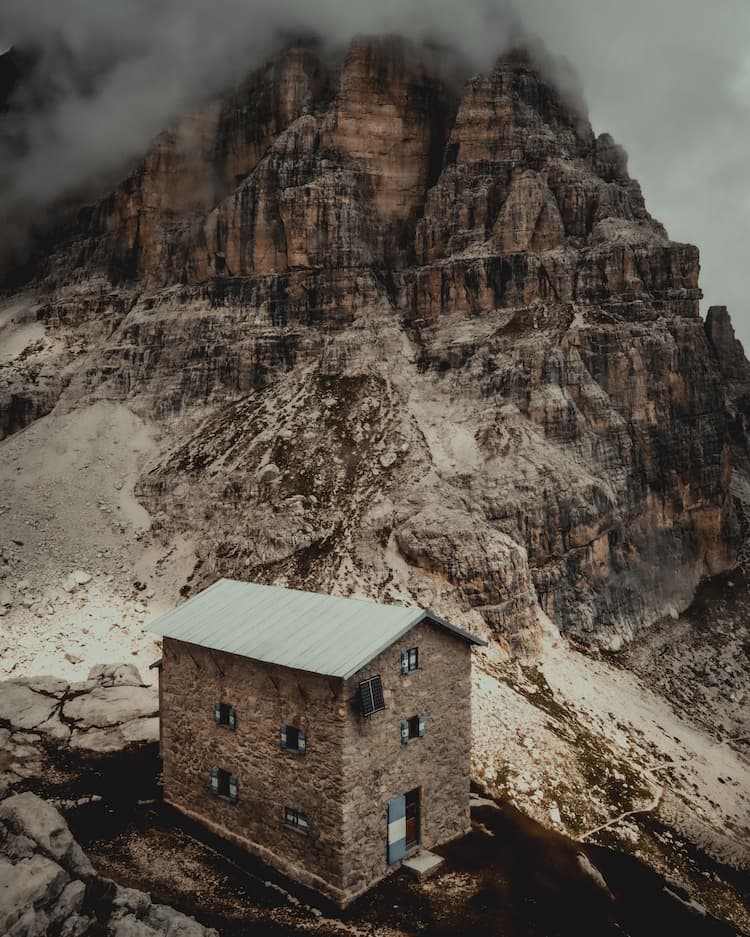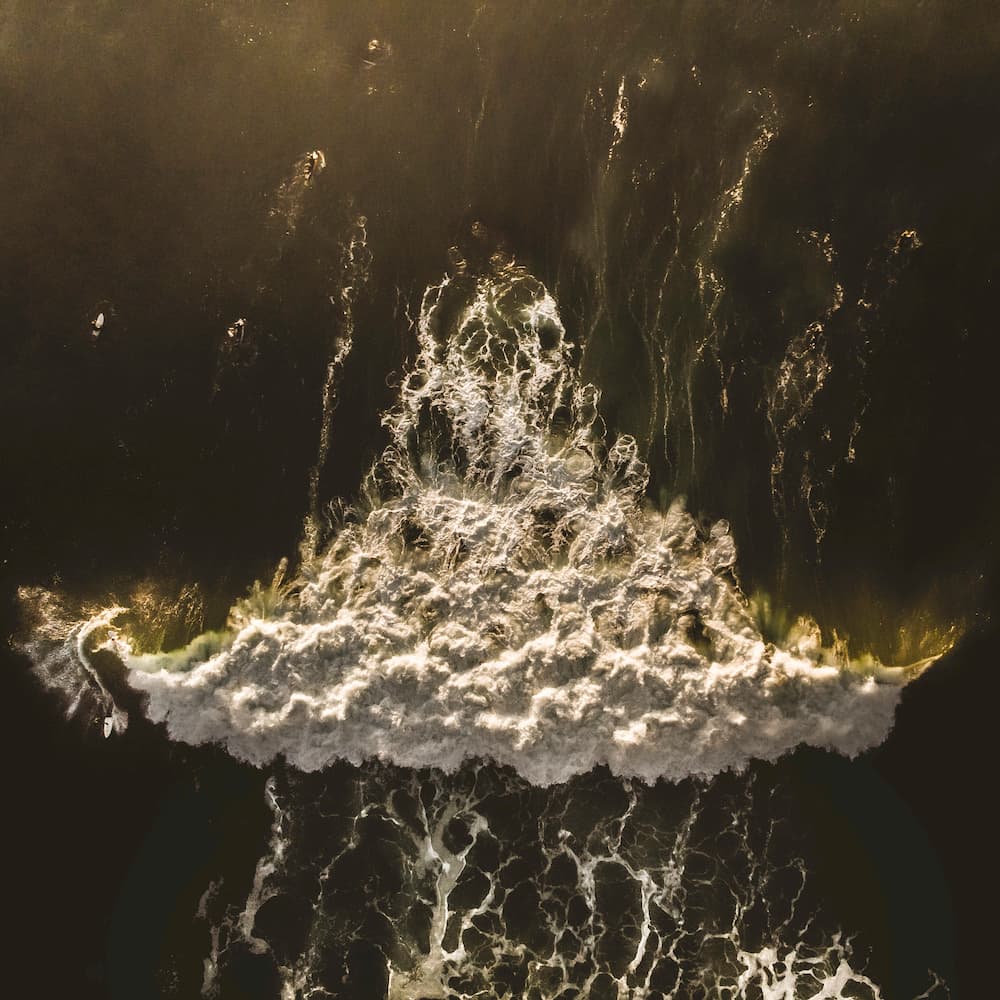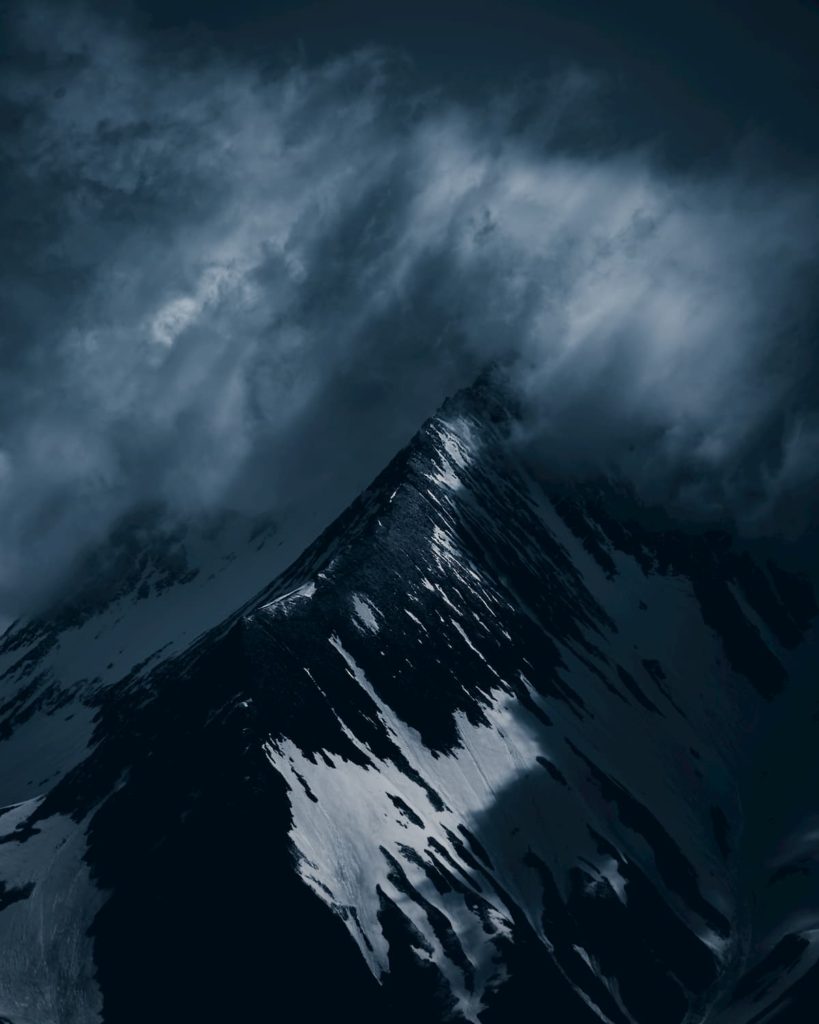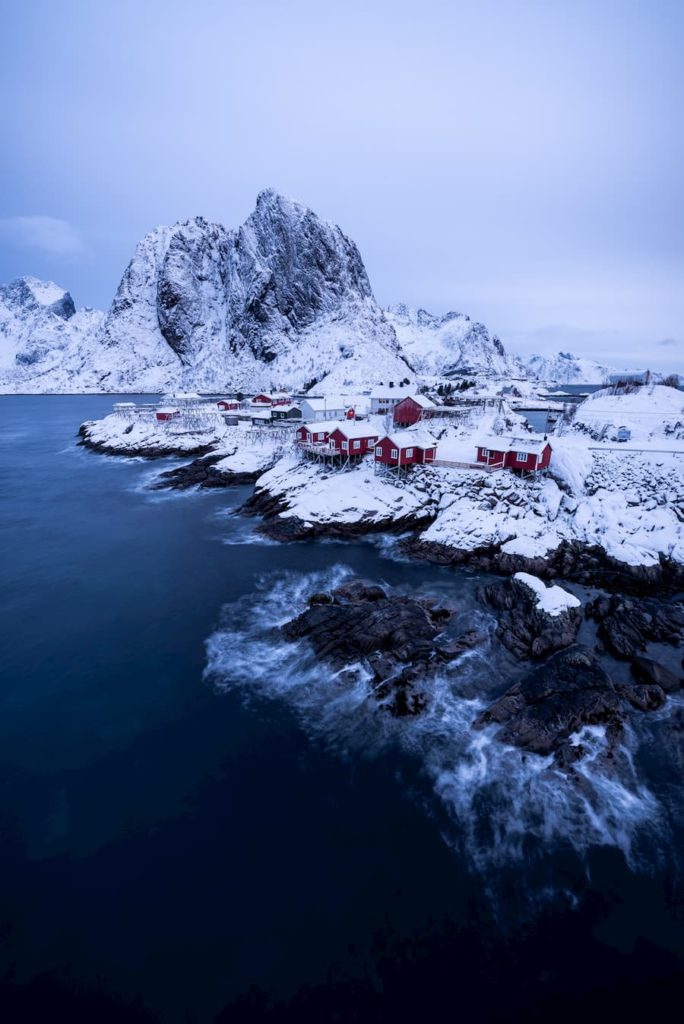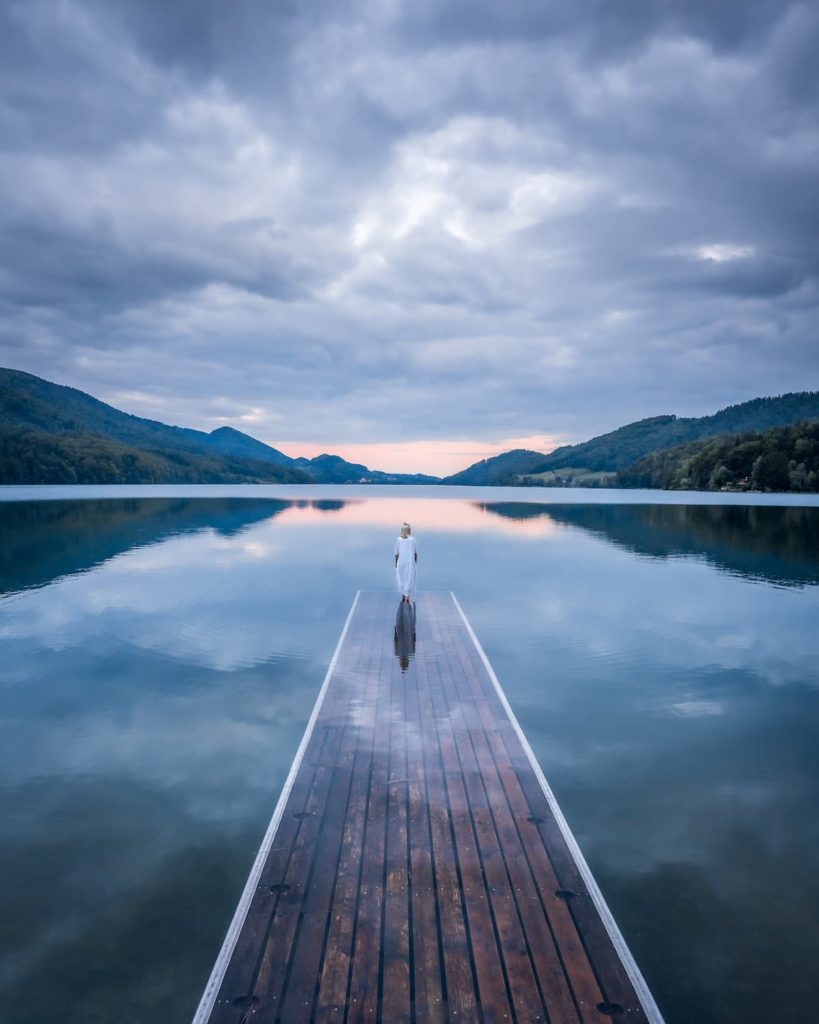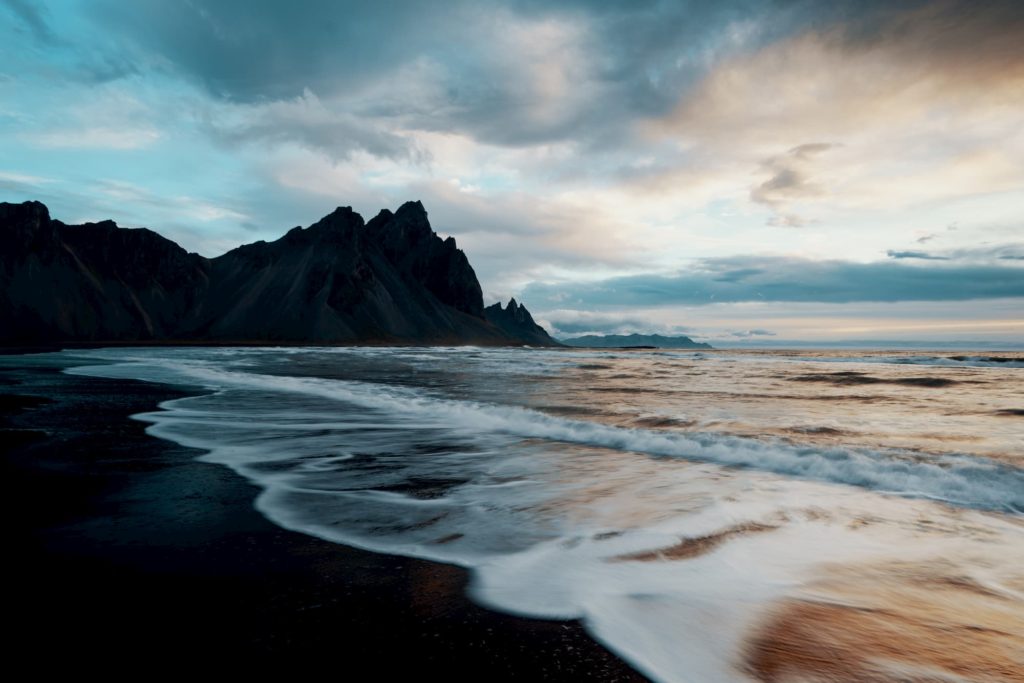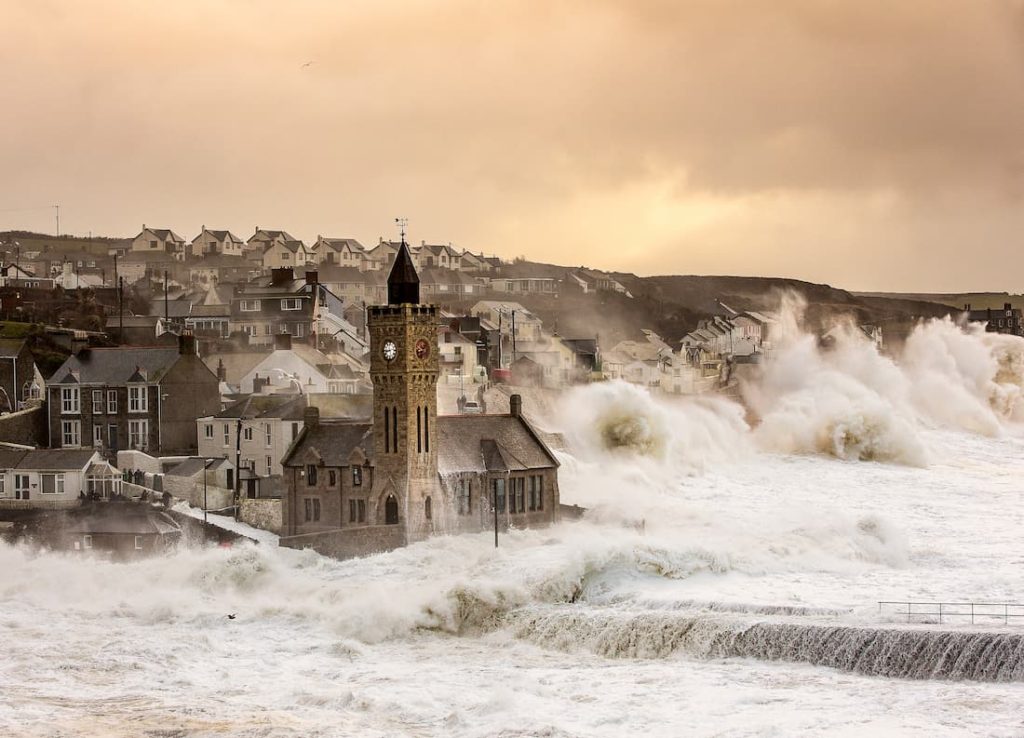
Aytek Çetin
@aytekcetinphotography
Landscape photographer based in Turkey
For many years I worked as a store manager for luxury Italian clothing brands. During my limited holidays I would go to the sea and lie on the beach – which was enjoyable, up to some point. After a while these types of holidays started to make no sense and I felt profound and hard to understand the deficiencies manifesting inside me.
As a reaction, I started to travel in a different way. Explore more remote and mountainous regions. Experiencing the energy of the mountains, the strongest entities of nature, left me deeply impressed and awakened a love for nature within. An interest in photography emerged as a side effect, and then turned into a passion.
"I started shooting the beauty of nature and sharing them with other photography enthusiasts - it was the beginning of my story."
With photography, I can add the emotions I want to convey to my images and express them independently. When I take a photo, I know it’s not just a snapshot – That photograph encompasses my story. I know it belongs only to that moment, that place, and to me only; this makes me extremely happy and satisfied.
Two years ago, I was sitting at home and someone commented “breathtaking” below one of my photographs. That was exactly how I usually feel when looking at a marvelous view. The thought “Beyond the Breath” popped up in my mind and this has been my motto ever since. It helps me to keep myself motivated and focused.
"I always want to do better, all to capture the moment of the very first glance when you forget to blink - the moment beyond the breath."
"I attach deep meaning to those instances of being in nature, alone or together, having my camera in my hand or not."
Small but spiritual things have always been important to me, already as a kid. I understood it is not the material value of anything that I do or possess that counts, but how peaceful and happy they make me feel within – Their spiritual value is much more important. And even though it sometimes feels like it is no longer valid in today’s rapidly modernizing world, it will continue to be so for me.
The several awards that I have won are a good example. Winning these titles benefits my brand and my portfolio, but I think the best contribution has been the more spiritual value – the motivation it gives me, the story that could be seen and understood by many others, the confirmation of the power of Art…
Of course, it makes me incredibly happy that my photos, which I took when I was in the field with passion and without any expectations, gain recognition somehow. It is an honor for me – and so it is to receive positive comments and support from many people who follow me on social media or who stand close by me.
My photo named ‘Drama At Blacksea’, which I took in the Kaçkar Mountains in 2019, is special to me because it was the first time that I participated in a competition (International Landscape Photographer Of The Year) and it brought me the Top 101 Photographs Of The Year award. I took this photo on my way back after having spent two days camping in the mountains. While hiking down, fog came in and when I looked behind me, I saw this perfect composition. That’s why I can say that this photo has a special meaning for me.
Although I usually shoot mountains, I love all kinds of landscape and nature photography, be it sea, forest, or mountain. Along with the beauty of the scenery, the most important thing that draws me in is the atmosphere in the image. This is the most important factor that helps me create a dramatic photo; I always prefer a dramatic, foggy, or misty mood (of course the subject must be visible), a dark scene or a scene with only one light source. I often try to create this vision in my photos by adding my artistic perspective while editing. For this reason, I named my first tutorial video ‘The Art Of Drama’.
"When I edit my photos, I aim to make people feel like they are there, right at the scene."
For me, giving a sense of three-dimension to the photograph is the key to achieve that. After some color adjustments, I usually focus on managing the shadows and light transitions and increase the sense of depth in the image. In some of my photos, I darken the scene a little more to direct the viewer to the main subject. When I finish the editing, I usually wait for a day to check it after I rest my eyes (which usually means resisting the desire to share it right away). You cannot notice some deficiencies because your eyes get tired while editing. I usually make some small changes when I check out the next day. After these steps, I know that the photo is ready for me and holds the memory, the challenge, the mood and the happiness of the moment.
Most of the time it takes a lot of energy and little sleep when venturing out in the mountains for photography purposes. Sometimes I have to hike up and down mountains, walk very long distances with my backpack loaded with 30-35 kg of camping gear and technical equipment. That I love nature and photography doesn’t mean that this is not challenging or difficult sometimes.
"In the last couple of years I traveled to the beauties of my country; I also visited some parts of the Caucasus Mountains."
On one of these trips, I planned the camping and shooting at Mount Verçenik, which is located in the Black Sea region.
Well, I hit the road… At some point, you have to hike up a couple of hours to get there. When I examined the forecast, it showed that the location was sunny and clear, but when I arrived, you guessed it, the rain was drizzling, everything was covered with fog and I could barely see.
After a while, I arrived at the spot I wanted to go and started to wait and in the hope to see the mountain. Wishing to see that view, I was opening the zipper of my tent and checking outside at regular intervals with great excitement – very often to be disappointed.
The fog did not disappear that day, nor did it the following. For two days I hadn’t been able to see the mountain I had come to see – but in the early morning of the third day, I peeked with my head out of the tent with one eye open. And then…Yes!
The mountain was standing right in front of me with its magnificence. I managed to take some great photos from there all day long. What I learned from my experiences on this journey was that if you are patient and put in the effort, you can get your reward – somehow.
Turkey is in a beautiful geographical location, surrounded by sea on three sides, and has mountainous regions; so I feel lucky. I will be rewarded anyway with beautiful landscapes, even if the circumstances aren’t the best to actually capture them on camera. Although I am passionate about mountains, I think Cappadocia has been the region by far that impressed me the most.
Cappadocia is a place that has been formed by the erosion of lava that erupted from two volcanoes 60 million years ago. It was home to many civilizations like; Romans, Hittites, Persians, Byzantines, Seljuks, and Ottomans. This incredible place has witnessed countless stories. Knowing the history of this place makes it more special for me. Every time I go there, I can wander around with curiosity and take photos with excitement.
And photography in particular – who knows what a place we capture now will be like 100-150 years from now? Our world is changing…
This is one of the reasons why I also love to teach photography to others, so more people are able to create such valuable proof of life on Earth. There are several services I have been providing to landscape photography enthusiasts such as online photo editing/improving lessons, training in the field, private photography tours, and tutorial videos. I think the biggest advantage is that I focus on enjoying what I’m doing, not on making a profit.
"If you are successful and people want to learn from you, they find you eventually and then things develop somehow from there - even if you wouldn’t want to or were not looking for it."
Would you like content like this sent to your inbox?
NOMADICT
ART GALLERY
THE LATEST STORIES
WRITEN WITH PASSION TO INSPIRE YOU
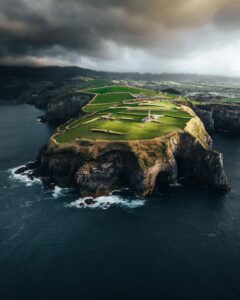
Photo tour in Azores, Portugal
Join us in the Azores for a unique photo tour, where you’ll elevate your creative skills with expert guidance from Ronald Soethje, Bruno Ázera, and Nomadict.
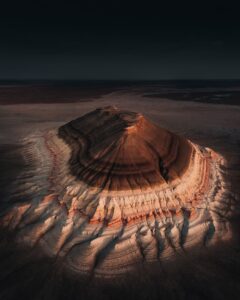
Forest Kai (@forest1kai): Photographer based in the US
In this article, Forest shares how years of chasing scale, silence, and raw landscapes shaped his approach to photography, from the deserts of Kazakhstan to the volcanic ridges of Iceland. He talks about how he uses light, texture, and vast negative space to create images that feel both intimate and overwhelming.
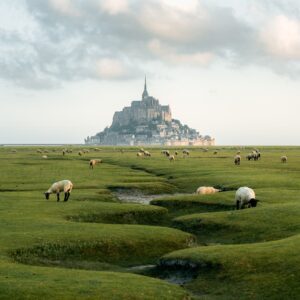
Simon Hechtbauer (@roamwithsimon): Best of the Week 32 at #nomadict
Simon shares the journey behind his photography, from early inspirations to field techniques, editing, and the story of the winning shot that shaped his path.

Miroslav Maršík (@miromarsik): Photographer based in Czech Republic
In this article, Miro shares how his love for cinematic music evolved into a deep passion for photography and how he uses light, color, and atmosphere to turn the streets of Prague into living film scenes.

Aurora photography panorama workflow: A guide to camera settings, editing, and color
In this article, Stefanie reveals how her background in physics sparked her passion for astrophotography and how she blends science with creativity to capture the beauty of the night sky. Readers will discover her approach to color, contrast, and editing, as well as her aurora photography workflow.

Yhabril (@yhabril): Best of the Week 33 at #nomadict
Spanish photographer Yhabril captures the profound connection between humans and the mountains that shaped him. Growing up in the Pyrenees, his work bridges outdoor sports, landscapes, and celestial scenes — often blending athletes, moonlight, and wilderness into striking visual stories.

Ariane Totzke (@besondersschwierig): Photographer based in Switzerland
In this article, Ariane shares how photography helped her navigate personal challenges, connect authentically with people and animals, and develop a philosophy rooted in empathy and artistic freedom. Readers will also discover her ethical approach to wildlife photography and her trusted equipment for both camouflage techniques and cameras.

How to photograph Dutch tulip fields: A guide to light, gear, composition, and colors
Discover how to photograph Dutch tulip fields in their most magical light. From choosing the right gear and lenses to mastering composition, color, and aerial perspectives, this guide shares creative techniques to capture the beauty of the Netherlands’ tulips. Learn how light, color grading, and proportion bring emotion into every frame.



